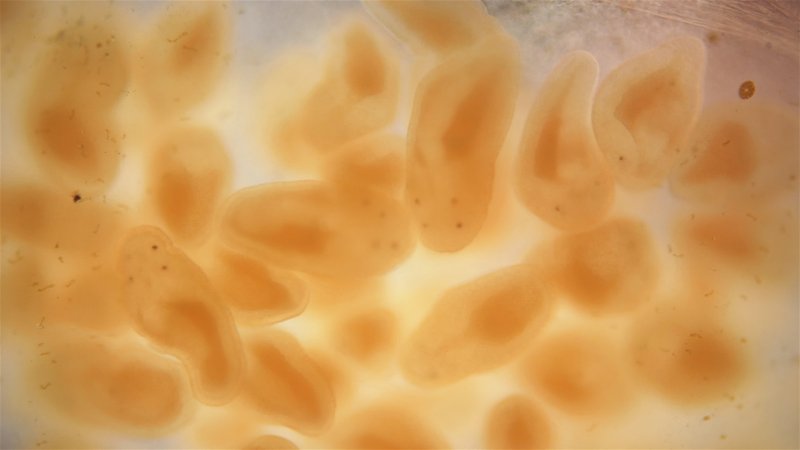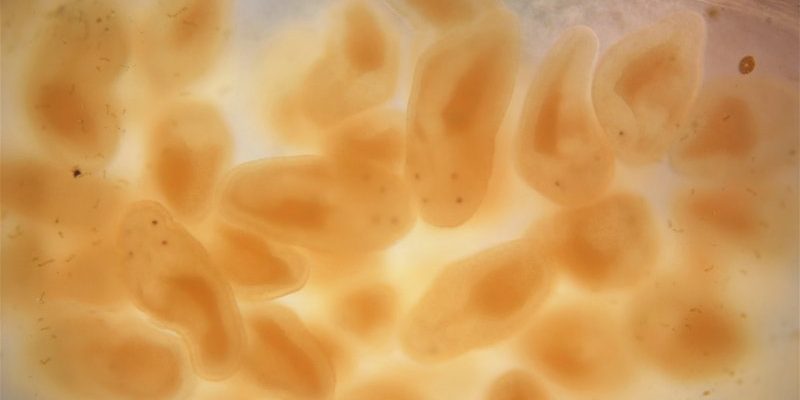
Imagine ribbon worms as the ninjas of the marine world; they’re stealthy, often hiding in the sand or under rocks. If you’re curious about what makes these guys tick—or rather slither—let’s dive into the colorful world of ribbon worms. You’ll learn about what they are, where to spot them, and why they matter to the health of marine life.
What Are Ribbon Worms?
Ribbon worms, or *Nemertea*, might look like your typical worm at first glance, but they have unique features that set them apart. They’re long and slender, often stretching several feet. Some are colorful and patterned, while others blend in with their surroundings. What’s truly remarkable is their ability to extend their bodies quickly, allowing them to hunt for prey or slide into tight spots.
These creatures come in various species, each with distinct traits. Some ribbon worms can even regenerate parts of their bodies if they lose them, which is pretty impressive. They can be found in various habitats, but the intertidal zones are particularly rich in biodiversity, making it an ideal spot to observe them.
Finding Ribbon Worms in Intertidal Zones
If you’re itching to see ribbon worms in their natural habitat, intertidal zones are your best bet. But how do you find them? Here are some tips:
- Timing Is Key: Visit during low tide when more of the beach is exposed, revealing tidal pools and rocks where these worms often hide.
- Look Carefully: Ribbon worms can be tricky to spot. Look for movements in the sand or underseaweed. They might look like squiggly lines or even snakes.
- Bring Tools: A small shovel or spoon can help you dig gently in the sand, while a brush can help you sift through seaweed.
Remember, patience is essential! You might have to search around for a while, but the thrill of discovery makes it worth it.
The Role of Ribbon Worms in the Ecosystem
Now, you might be wondering, why should we care about these squiggly creatures? Ribbon worms play several crucial roles in their ecosystems.
First, they’re predators. Ribbon worms primarily feed on small invertebrates like crustaceans and other worms. By controlling these populations, they help maintain balance in the marine ecosystem. Think of it as a natural form of pest control!
Second, they are part of the food web. Many larger animals, such as fish and birds, consider ribbon worms a tasty treat. This means they contribute to the diets of other marine life, ensuring that energy continues to flow through the ecosystem.
Observing Behavior and Feeding Habits
When you finally spot a ribbon worm, pay close attention to its behaviors. These creatures are surprisingly active and exhibit some fascinating feeding habits. Ribbon worms use a unique feeding structure called a proboscis, which they can shoot out to catch prey.
Seeing this in action can be quite a show! Here’s how it works:
1. The worm senses nearby movement with its keen body.
2. It then shoots out its proboscis, often covered in sticky threads.
3. Once it captures its prey, it retracts the proboscis, pulling the meal back into its mouth.
This predatory behavior shows just how adaptable and skillful these little creatures are, making them a captivating subject for any beach explorer.
Ribbon Worms vs. Other Marine Worms
If you find yourself fascinated by ribbon worms, you might want to compare them to other types of marine worms. For example, polychaetes, like bristle worms, are quite common in intertidal zones.
Here’s a quick comparison:
| Feature | Ribbon Worms | Polychaete Worms |
| Body Structure | Long, slender, often smooth | Segmented, with bristle-like structures |
| Feeding Method | Uses proboscis to catch prey | Generally scavengers or filter feeders |
| Habitat | Found in tidal zones, sand | Common in various marine environments |
Understanding these differences can deepen your appreciation for the variety of life in the ocean.
Conservation and Environmental Importance
As with many marine organisms, ribbon worms face threats from pollution, habitat loss, and climate change. Observing these creatures can help raise awareness about the health of our oceans.
If you’re lucky enough to spot one, think about how it fits into the bigger picture of marine life. By protecting their habitats, we can help ensure that ribbon worms and their ecosystems continue to thrive. Simple actions like cleaning up the beach, reducing plastic use, and supporting marine conservation efforts can make a significant impact.
Final Thoughts on Ribbon Worms
The next time you find yourself at the beach, take a moment to explore the intertidal zone. Keeping an eye out for ribbon worms can open up a whole new world of wonders. They remind us that even the smallest creatures play vital roles in our ecosystems. Plus, observing them can spark curiosity and appreciation for marine life.
So grab your tools, be patient, and enjoy the hunt! You never know what intriguing sights you might discover in the whimsical world of ribbon worms. Happy exploring!

